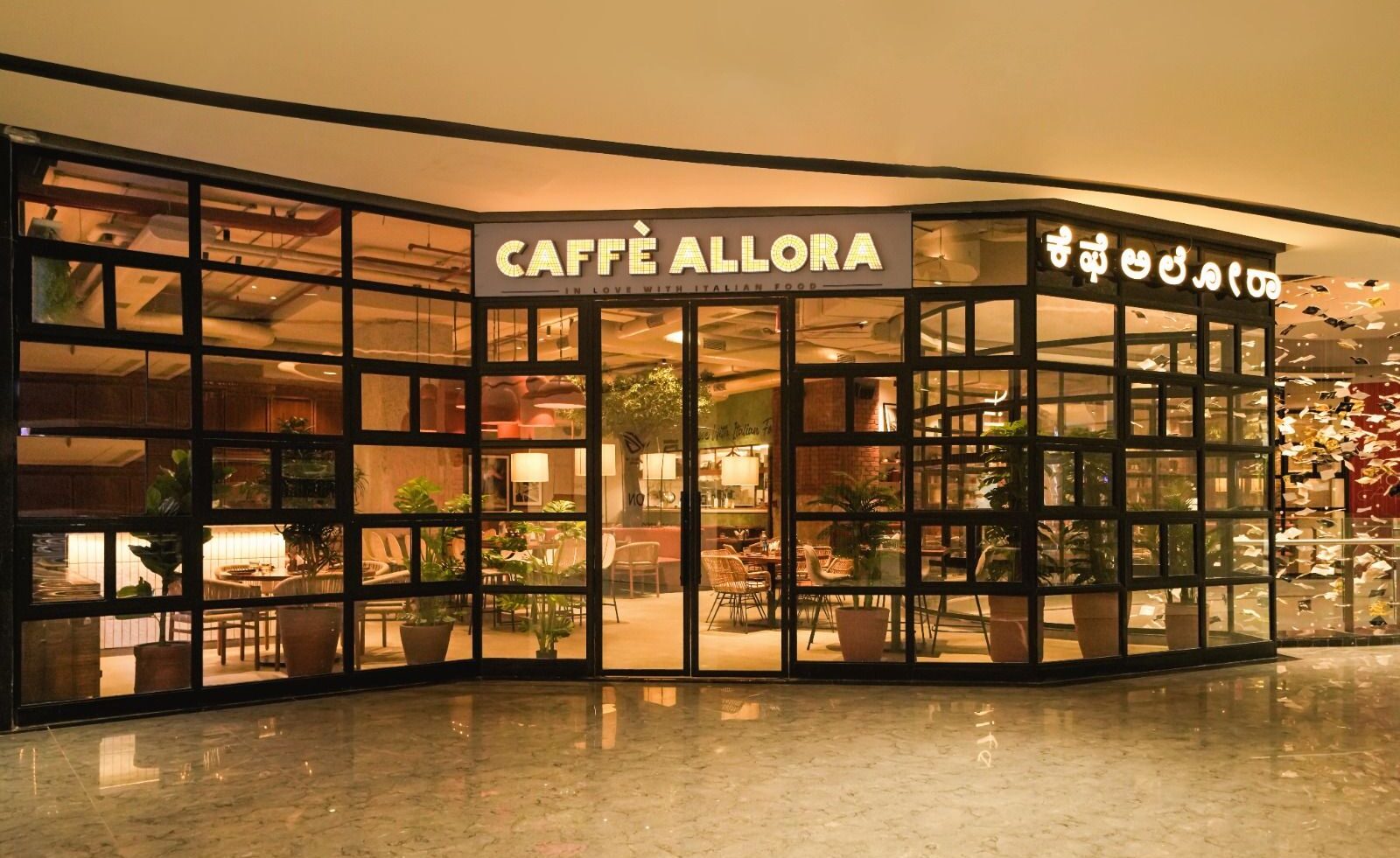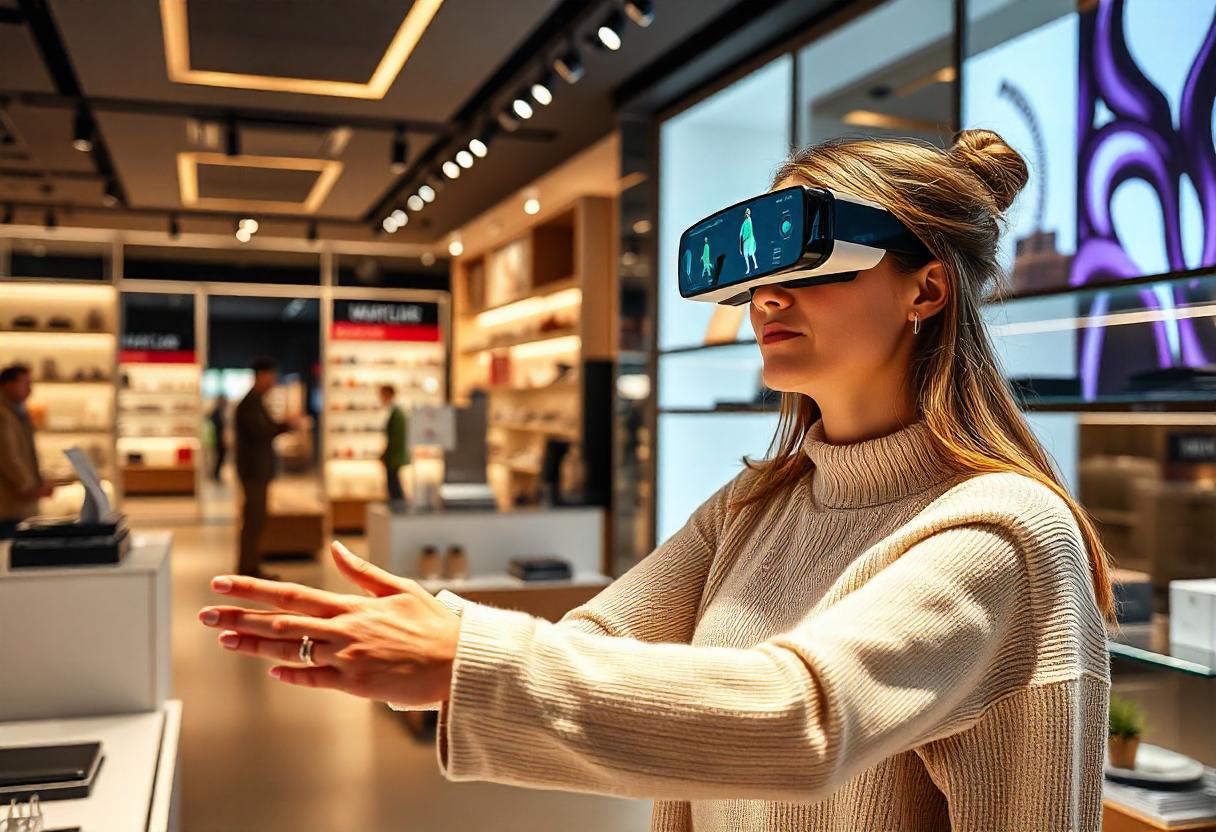Retailers across categories are adopting experiential retailing to foster connections with customers, enhance brand loyalty, and differentiate from competitors
Bengaluru: The role of retail stores has evolved beyond merely facilitating transactions. Brands and customers alike are seeking something deeper, shifting their attention from physical goods to more intangible elements, such as emotional connections and brand stories.
From Starbucks launching pet-friendly and coffee experiential stores, to Mall of Asia emerging as the first destination mall in South India, the shift is clear. Maison Margiela Fragrances introduced India’s first pop-up store at Jio World Drive to enable customers to experience its range. Brands like Puma, Adidas, and Decathlon are embracing experiential retail nationwide through self-checkouts, customisation and digital elements.
The evidence is abundant, showing that the future of retail lies in experiences, not just products.
What prompted the change?
“Customers today face constant pressure on their time and attention,” said Kumar Rajagopalan, chief executive officer of Retailers Association of India (RAI). “Social media, a plethora of offers, and various entertainment options have made it more challenging for retailers to capture customer attention. Many products are being commoditized, and at a rapid pace. Retailers must work harder to create experiences for customers that go beyond the basic product or service. Customers should be provided with moments of truth that exceed their expectations,” he added.
One of the driving forces behind this transformation is technology. With the ability to purchase anything, anytime, from anywhere at the click of a button, the traditional retail model has been reshaped.
This convenience has pushed brands to reimagine physical stores as places that offer something online shopping can’t—immersive, sensory experiences that engage customers.
“With the digital age transforming how we shop, physical stores need to offer a unique experience that cannot be replicated online,” said Kavindra Mishra, managing director of the department store chain Shoppers Stop. “Experiential retail allows brands to create memorable interactions, foster brand loyalty, and differentiate themselves in a crowded market.”
5 strategies retailers use to make shopping unforgettable
- Tailoring the Merchandise
Brands are leveraging artificial intelligence and data analytics to craft highly personalised experiences. These tools enable them to offer tailored recommendations to customers, whether through customised product suggestions, interactive in-store digital assistants, or products made on the spot.
Levi’s, the iconic global denim brand, introduced its ‘Make Your Mark’ campaign in India, featuring in-store customisation services for denim jackets. Meanwhile Nike launched personalised sneakers through its ‘Nike by You’ program, where shoppers can customise the colours, materials, and design of their shoes in-store.
“We are well past the era of one-size-fits-all. Now customers expect a fitted-to-the-last-inch experience,” said Sarvash Kalra, director of New Delhi-based Dayal Opticals.
“With so many options to choose from, making a decision can become incredibly overwhelming. The idea behind personalisation is simply to aid customers navigate their shopping experience more easily. It allows them to interact with the brand on their terms, rather than having the brand dictate the interaction,” added Kalra.
- Strategic Collaborations
Brand collaborations have become a powerful tool in experiential retailing. By merging distinct brand identities, whether through co-branded products, pop-up events, or exclusive in-store experiences, these can create something fresh and increase foot traffic.
For large format retailers, offering hospitality services like cafes, lounges, or spaces to relax and socialise encourages longer store visits, leading to more chances of purchases.
“Collaborations enable cross-promotion, expanding each brand’s reach and exposing them to new customer bases,” said RAI CEO. “These drive additional revenue streams by offering complementary services and products such as dining options or entertainment events, which boost overall sales.”
International fashion houses like Hermès, Loewe, Prada, Chanel, and Simone Rocha are collaborating with culinary experts to create unique experiences that blend artistic direction, video interactivity, sound design, and gourmet cuisine.
In India, grab-and-go coffee chain AbCoffee has partnered with Shoppers Stop to open coffee outlets within the latter’s department stores, while real estate developer The Phoenix Mills launched its own restaurant chain with Bellona Hospitality.

“Retailers will need to stay agile, continually innovating and adapting to changing consumer expectations, while also preserving the timeless elements of hospitality and service that make shopping and dining experiences truly memorable,” said Prashant Issar, director of Bellona Hospitality.
- In-Store Events and Workshops
Hosting events, workshops, and live demonstrations is essential for building a community of like-minded customers and creating lasting brand impressions.
Examples of this include Ikea’s workshops on home décor, DIY furniture assembly, and sustainability tips, Nike Running Club’s in-store fitness classes and running events, Sephora’s in-store makeup tutorials, and Starbucks’ coffee-tasting sessions and barista workshops.
“Whether it’s celebrating World Emoji Day or Ice Cream Day, we host live events and create a space that is more than just a place to shop,” said Vidhi Attri, senior operations manager at Elan Group. Our target is to offer visitors an array of experiences, from enjoying a meal or a movie to indulging in retail therapy or simply unwinding.”
According to Issar of Bellona Hospitality, “We are witnessing a rise in concepts that offer more than just a meal—think interactive dining experiences, chef-led tastings, and culinary workshops that invite guests to engage directly with the process.”
- Themed Stores and Installations
Some retailers as well as shopping centres are adopting themed environments or pop-up spaces to provide customers with a temporary, novel experience, which might reflect a season.
Last Christmas, Phoenix Mall of Asia erected a 100 ft. tall Christmas tree, the tallest in India, alongside a themed European-style winter village. The mall attracted large crowds throughout the holiday season, from Christmas to New Year, even leading to a temporary closure due to traffic congestion.
“For Gen Z and millennials, it’s about seeking experiences worthy of sharing across social platforms. Among a generation that places a lot of value on aesthetics, the question arises: If a spot doesn’t scream ‘Instagrammable’, is it even on the map?,” said Prasuk Jain, founder of Snow World Entertainment that owns the restaurant chain Amazonia.
Enticing interior designs and artworks consistently attract more foot traffic. Seattle-based coffee chain Starbucks follows the tactic.
According to Mitali Maheshwari, head of product and marketing at Tata Starbucks, “Our stores have always been designed with a community-first approach, brought to life through artwork and design language. Inspired by India, these reflect a local connection by integrating regions and cultures and celebrate the journey from bean to cup, and the farmers who produce the coffee behind every sip.”
- Tech in Action
Tech innovations like augmented reality (AR), virtual reality (VR), smart mirrors and fitting rooms, and Internet of Things (IoT) devices enable customers to visualise products before purchasing—whether its seeing how furniture would look in their homes or how clothing would fit.
Beauty powerhouse Sephora employs its ‘Color IQ’ technology to match customers with their perfect foundation shade, concealer, and lipstick. Decathlon’s RFID-enabled checkout solutions offer a faster and more convenient shopping experience. Shoppers Stop’s ‘Click and Collect’ service lets customers place orders online and pick up their items in-store.

“Brands like Nykaa Luxe, Tira, Forest Essentials and Kama Ayurveda and many more offer stores where customers can try products, receive skincare consultations, and participate in beauty workshops,” said Ayesha Sabah, chief executive officer of luxury facial studio Auguste Skin.
“This Encourages a broad age group of people to feel comfortable to shop with a knowledge led experience, leaving them with a more satisfied after feel.” she added.
The key to future success in experiential retailing will be in balancing cutting-edge technology with the enduring appeal of human connection.


